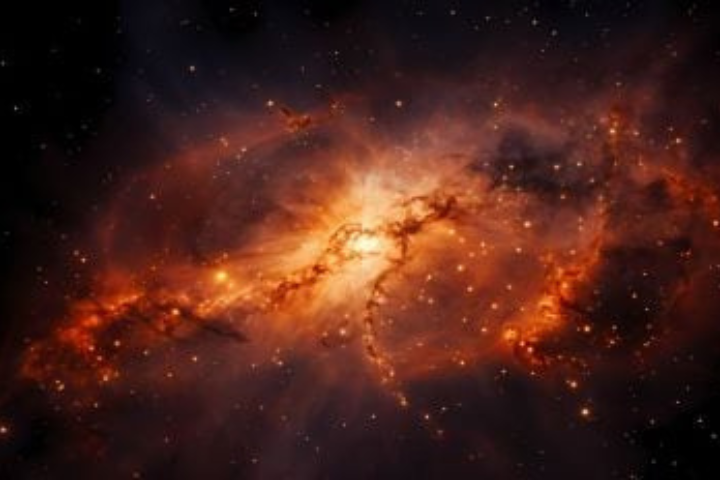The world is set to witness a rare nova explosion, a powerful surge in a star’s brightness, typically triggered by a thermonuclear explosion on the surface of a dwarf star.
Last Seen In 1946
According to NASA, the T CrB was last seen from Earth in 1946 and experiences a thermonuclear detonation on its surface almost every 80 years.
T CrB is currently displaying behavior reminiscent of the lead-up to its significant 1946 eruption, if this trend persists, a nova event could happen by September 2024 as per NASA.
Coronae Borealis
T Coronae Borealis (T CrB), also called the Blaze Star, is a fascinating binary star system located in the constellation Corona Borealis, the Northern Crown. This system consists of a white dwarf, the remnant of a dead star with a mass similar to the Sun but only about the size of Earth, and a red giant star
The two stars orbit each other closely, and the system is known for its rare and dramatic nova explosions. These occur when the white dwarf accumulates material from the red giant, leading to a thermonuclear explosion. As per NASA, the first recorded sighting of T CrB was over 800 years ago in 1217, observed by Abbot Buchard from Ursberg, Germany.
Spotting T Coronae Borealis
To spot T Coronae Borealis (T CrB), start by identifying the Corona Borealis constellation, known as the Northern Crown, which appears as a semicircular arc of stars in the night sky. This constellation is most visible in the Northern Hemisphere during late spring and early summer.
Locate Alphecca (Alpha Coronae Borealis), the brightest star in the constellation, which forms the central part of the arc. T CrB is positioned near the top of this arc. Because T CrB is typically faint, binoculars or a small telescope will help view it, especially when it is not undergoing a Nova event.
For accurate spotting, use a star map or stargazing app to guide you to T CrB’s precise location. During a nova event, T CrB becomes significantly brighter, making it easier to spot even without additional optical equipment.





GIPHY App Key not set. Please check settings